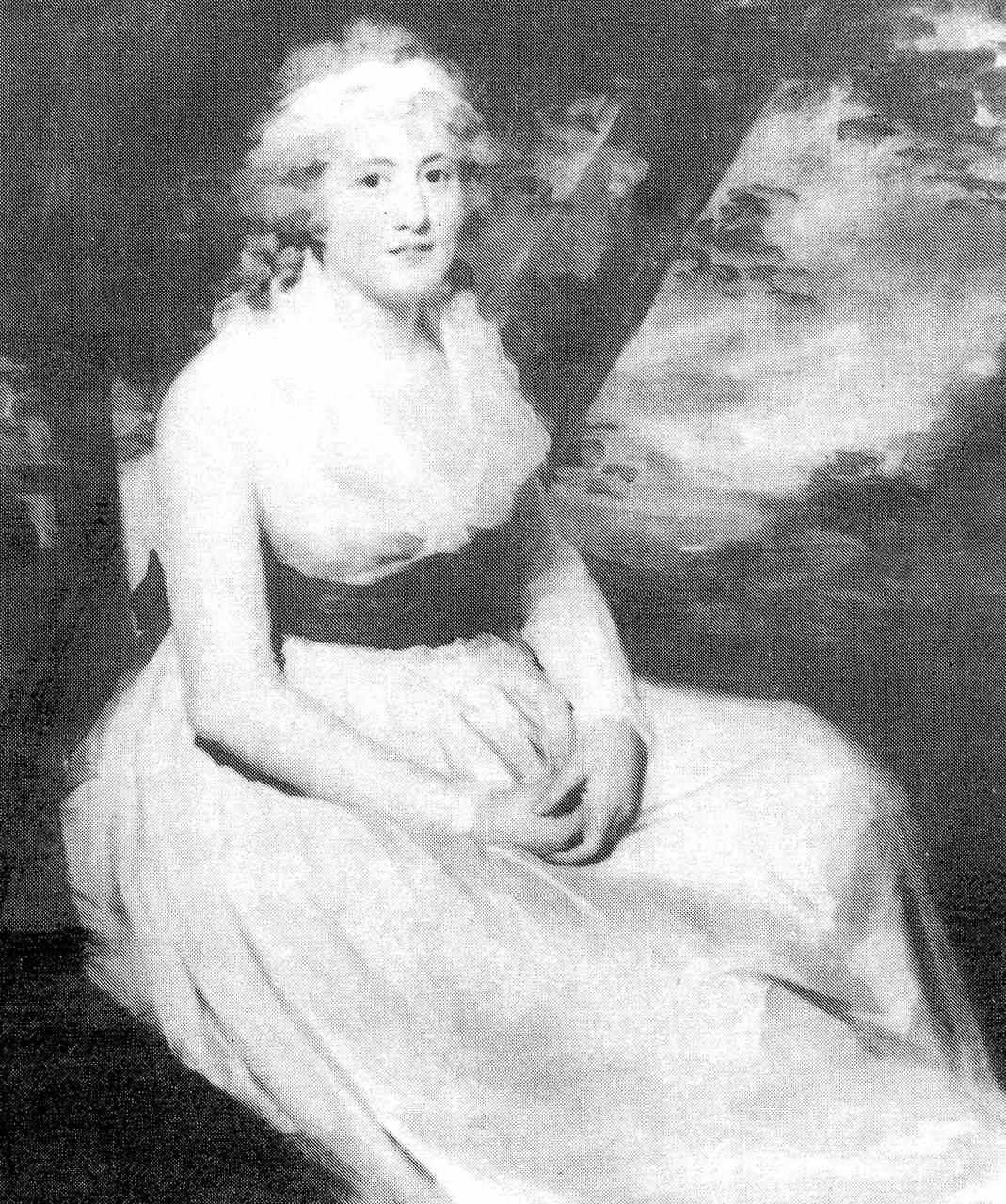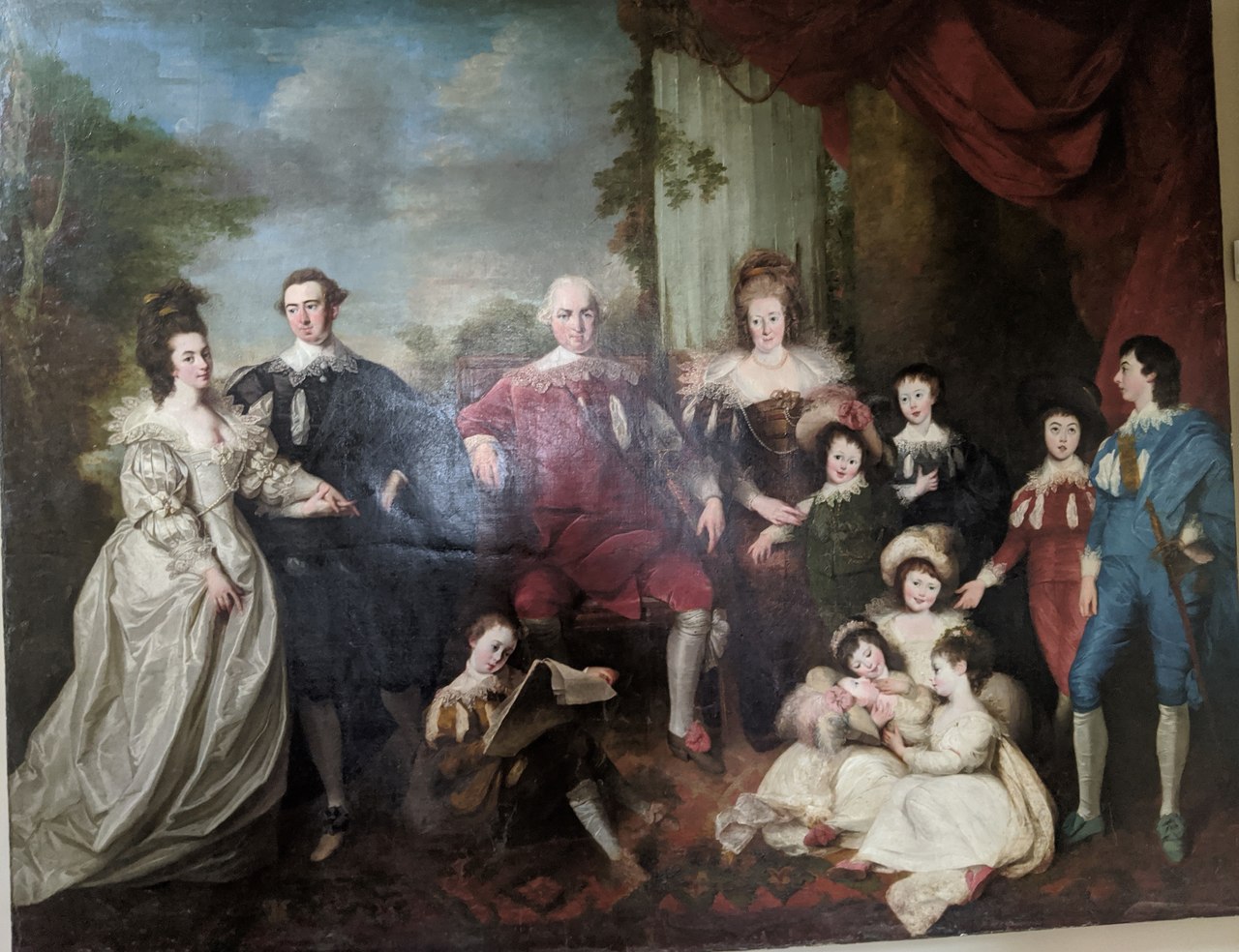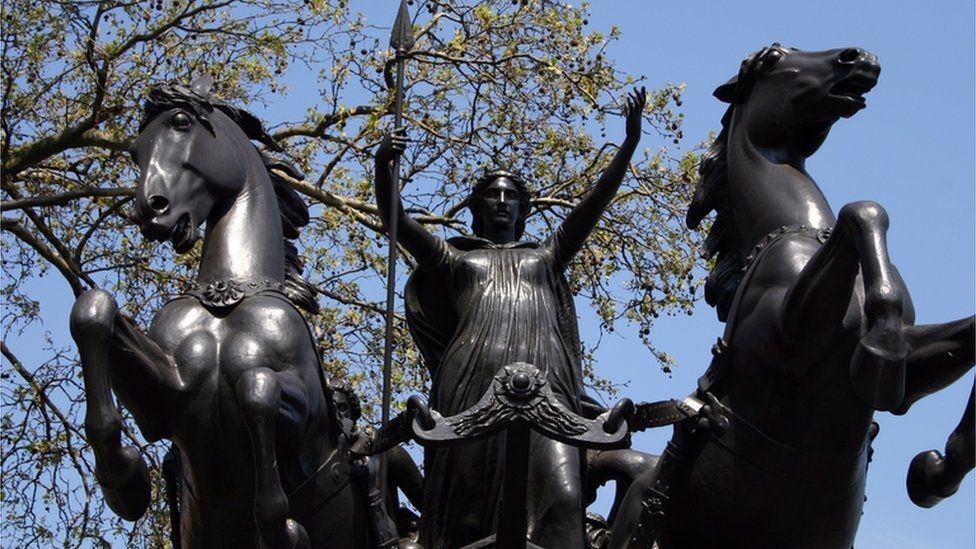The story of Charlotte Dundas – imagined in her own words.
Mention Charlotte Dundas in Grangemouth today and many people will think you’re talking about the shopping precinct in Kersiebank Avenue. Some might even know about the ship of that name, the world’s first successful steam-powered vessel trialled on the Forth and Clyde Canal in 1803, and now featured on Grangemouth’s Coat of Arms. But how many, I wonder, would be able to tell you about the origin of its name, Charlotte Dundas? To find out we should go back to the very beginning of Grangemouth.
The Birth of Grangemouth
The town of Grangemouth grew up at the ‘Forth’ end of the Forth and Clyde Canal, a section now covered by the road suitably named Forth-Clyde Way. The route of the canal to the west lay across the lands of the Kerse Estate, owned by Lawrence Dundas since 1747, and went close by his grand home, Kerse House, now the site of a large Asda distribution warehouse. Both Lawrence Dundas’ daughter-in-law and a grand-daughter were called Charlotte so the ship could have been named for either or both. Correspondence with the current Marquess of Zetland revealed that within the Dundas family Charlotte senior has been favoured whereas local tradition prefers Charlotte junior, pictured below. If it was indeed the younger of the two women, what might she have had to say to the people of Grangemouth?


She might have written:
My name is Charlotte Dundas. I was born in 1774, six years after my grandfather Sir Lawrence Dundas cut the first sod of the Great Canal that was to cross the middle of Scotland, passing as it did so our main home in Scotland, Kerse House. Kerse House wasn’t our only home, mind you – grandfather had pots of money and big houses in other places –including Edinburgh and Yorkshire.
My family’s annual visit to Kerse House was usually in late summer (Bailey). It was a major expedition from our main home in Yorkshire – the preparations went on for weeks beforehand. And the journey itself was broken up by sojourns in other country houses. The first visit I remember would be when I was about 6 years old and my grandparents were there at the same time, about the time of this painting:


I had five brothers and two sisters then, so I was never short of a playmate. But I liked it fine if grandfather chose me to go with him when he took a ride in his gig – down the long drive of Kerse House, out through the estate gates, a right-turn and we were soon at his great canal. I loved to hear the story of how he had dug the first spadeful six years before I was born and now, although far from finished, there were already some boats for us to watch. One day we went all the way along the side of the canal, past the new houses not long built in Canal Street and down to the busy harbour where the canal spilled out into the dock and then the River Forth beyond. Oh, the sights and sounds! At least three sailing ships in the harbour, men shouting as they unloaded the ships in the dock, children playing outside the houses and a sturdy Clydesdale horse pulling a loaded barge along the completed stretch of the canal. And it seemed everyone recognised my grandad and doffed their caps.
Little did I know that that would be the last time we would do that, for the very next year when we stayed at Kerse House, grandad died, without seeing ‘his’ canal finished all the way to the Clyde. I didn’t get to attend his funeral, being a girl and just 7 years old, but I heard it was a grand affair. The house was certainly busy with all the family attending and extra guests staying.
Now my father, Thomas Dundas, had to take over completely the running of our many estates, including grandfather’s latest purchase in Orkney and Shetland, as well as taking over the role of governor of the canal company. He was very busy and I didn’t see much of my father or of my mother, who had nine children by then. The latest baby, Robert, was just one year old. Margaret, Frances, and I wished we could have had a baby sister.
The Canal Completion
Well, it was another nine years before the canal was finally finished – that was in 1790. The boys were away to private school and university. We girls had a succession of live-in governesses. I was 16 and my mother said I was a good help to her with the little ones. I had at last got my baby sister – well three of them actually – Dorothy in 1785, Mary in 1787, and Isabella in 1790, the same year that Dorothy died – it was both a happy and a sad time.
The canal formed the western boundary of our estate. Whenever we were staying at Kerse House I liked nothing better than to take a walk to where I could see what was happening on the canal. Each year was busier than the one before. It was unusual if we didn’t see the big Clydesdale horses pulling their heavy loads as they fetched goods from the dock – perhaps grain, timber, or iron ore – or carried coal and produce from Carron Ironworks to the dock to be shipped out.
One day some years later my father was with me as we watched the slow progress of a loaded barge being towed on the canal. “Just imagine if we had canal boats that could power themselves and travel faster – that’s my dream,” he said. He told me how the Scotsman, James Watt, had developed engines powered by steam for the coal mines. Father would seek an engineer to build a steam engine for a canal boat. And he did find one. That engineer was William Symington, another Scotsman. With my father’s backing, Symington took on the challenge of developing just such an engine. By 1802, a ship had been built in Grangemouth and fitted with a steam engine. “This boat is to be called the Charlotte Dundas” my father told me. “One day you are going to be famous.” And so I am!
Yours affectionately,
The Hon. Charlotte Dundas
Dundas Resources
The development of Symington’s engine, the construction of the Charlotte Dundas, and the trial on the Forth and Clyde Canal on 3 January 1803 have been well-documented in the literature. You can also follow the story locally by walking The Charlotte Dundas Heritage Trail from the Helix Park.
The Park
Many decades later, in 1880, Charlotte’s descendant the 3rd Earl of Zetland, (another) Lawrence Dundas gifted land to the town of Grangemouth for recreational purposes. The people and businesses of the town raised the necessary cash to set out the land as a park that all could enjoy. Zetland Park was formally presented to the people of Grangemouth on 3 June 1882. With the aid of generous donations, both of time and money, as well as a grant from the Heritage Lottery Fund, Zetland Park is poised to receive a much-needed facelift for the 21st century.
By Anne Paterson, Great Place volunteer 2020.

